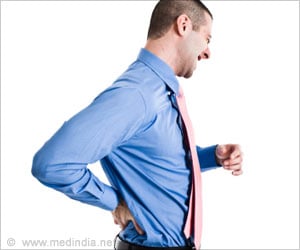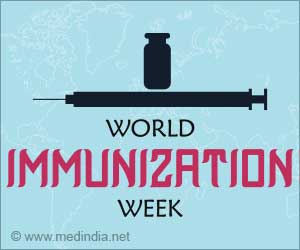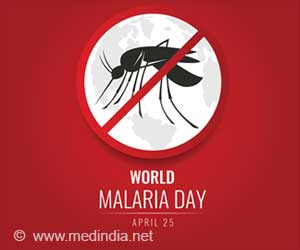Highlights
- Evidence-based guidelines to manage acute, sub-acute and chronic back pain have been issued by the American College of Physicians (ACP).
- It recommends that physicians and patients should consider non-drug therapies such as superficial heat, massage, acupuncture, or spinal manipulation for acute or subacute low back pain with.
- For chronic pain, physicians should select therapies that have the fewest harms and costs, since there were no clear comparative advantages for most drug-based treatments.
- Opioids for chronic pain should be considered only as a last line of treatment if all other methods of pain management fail to work.
Approximately one quarter of U.S. adults reported having low back pain lasting at least one day in the past three months.
Low back pain is associated with high costs, including those related to health care and indirect costs from missed work or reduced productivity.
In 2006, the total costs attributable to low back pain in the United States were estimated at $100 billion.
Pain is categorized as:
- acute if its lasts less than four weeks
- subacute if it lasts from four to 12 weeks
- chronic is it lasts more than 12 weeks
The evidence showed that acetaminophen was not effective at improving pain outcomes versus placebo. Low-quality evidence showed that systemic steroids were not effective in treating acute or subacute low back pain.
"For the treatment of chronic low back pain, physicians should select therapies that have the fewest harms and costs, since there were no clear comparative advantages for most treatments compared to one another," Dr. Damle said. "Physicians should remind their patients that any of the recommended physical therapies should be administered by providers with appropriate training."
If non-drug therapy does not bring about the desired effect in patients with chronic low back pain, ACP recommends that physicians and patients consider treatment with NSAIDs as first line therapy; or tramadol or duloxetine as second line therapy.
Opioids should be considered as a treatment option if only:
- the aforementioned treatments have failed
- only if the potential benefits outweigh the risks for individual patients
- after a discussion of known risks and realistic benefits with patients
Conclusion
The new guidelines are based on a systematic review of randomized controlled trials and systematic reviews published on noninvasive pharmacological and non-pharmacological treatments of nonradicular low back pain.
Clinical outcomes evaluated included:
- reduction or elimination of low back pain
- improvement in back-specific and overall function, health-related quality of life, patient satisfaction
- reduction in work disability/return to work, global improvement, number of back pain episodes or time between episodes and adverse effects
The paper title "Noninvasive Treatments for Acute, Subacute, and Chronic Low Back Pain" is published in Annals of Internal Medicine.
Reference
- Nitin S. Damle et al. Noninvasive Treatments for Acute, Subacute, and Chronic Low Back Pain: A Clinical Practice Guideline From the American College of Physicians. Annals of Internal Medicine; (2017) DOI: 10.7326/M16-2367
Source-Medindia









